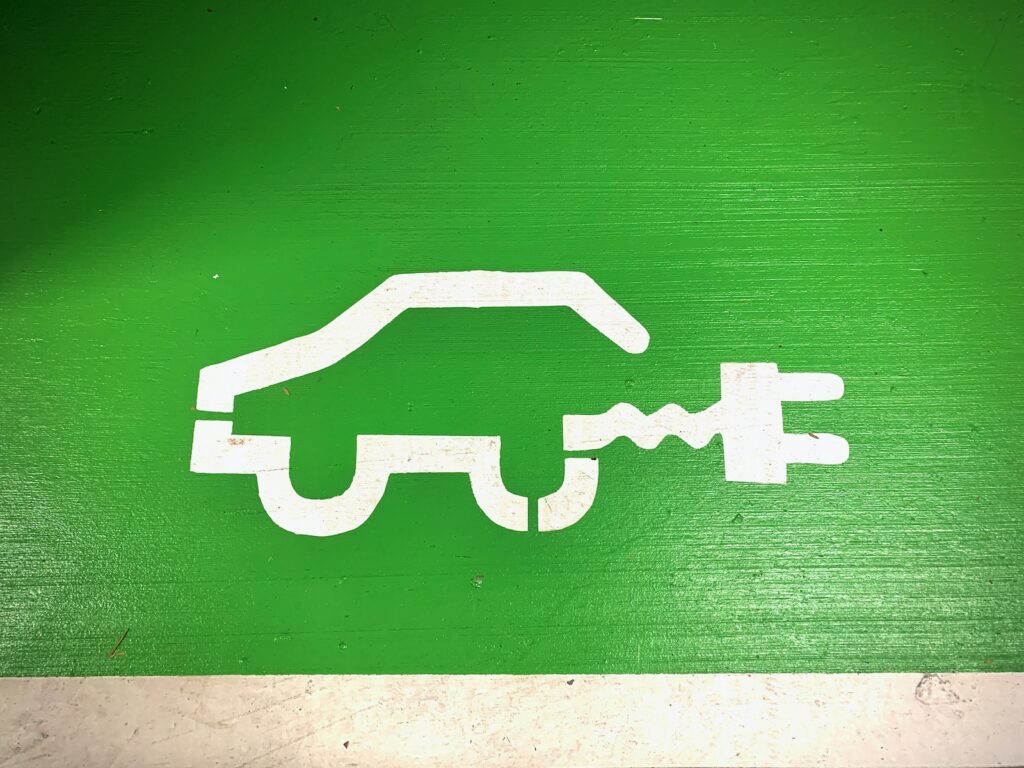Weak Government scheme means EV fleet drivers lose money per mile
On world EV Day, new data shows the UK’s revised Advisory Electricity Rate means EV fleet drivers are losing money on every mile.
According to Mina, a payment solution for electric vehicle (EV) charging, the Government’s Advisory Electricity Rate (AER) increase from 9P to 10P from 1st September has done little to rectify an emerging problem. Already penalised by a lack of available infrastructure, EV fleet drivers without charge-at-home facilities are now paying on average 23p per mile, leaving them around 13p out of pocket when reimbursements are made.
When scaled up to a full year on the road, this means EV fleet drivers can expect to fork out £1,300 of their own money each year because of the shortfall, based on an assumption of driving 10,000 miles per person, per year. By comparison, home charging is significantly cheaper, costing an average of 9P per mile, meaning the new AER actually sees many employees walking away with more money in their pockets. However, this only applies to cars, with van drivers also losing out on around 4P per mile even when charging at home.
This table breaks the numbers down:
| Charging Location | Vehicle Type | Average Cost (ppm) | Highest Record (ppm) |
| At Home & In Public | Cars & Vans | 11 | N/A |
| Cars | 9 | 30 | |
| Vans | 13 | 32 | |
| At Home | Cars & Vans | 11 | N/A |
| Cars | 9 | 17 | |
| Vans | 13 | 20 | |
| Public charge points | Cars & Vans | 23 | N/A |
| Cars | 22 | 30 | |
| Vans | 28 | 32 |
‘The AER quite simply isn’t fit for purpose and will never work regardless of the rate. The Government has increased the rate to try and create a fairer system, but there are too many variables to factor in. For example, home charging costs hinge on your specific tariff,’ said Ashley Tate, CEO of Mina.
‘Those on higher tariffs do not have their charging expenses covered by AER, while those on lower tariffs, like Octopus Energy’s Intelligent tariff, receive reimbursements exceeding energy costs, they continued. ‘If you’re charging at a public charge point, the amount you’re charged is typically double cost per kWh compared to charging at home and our insights show that 100% of public charge points are above the AER. Under the current system, both drivers and businesses can end up out of pocket. ‘
More on EVs:
43% of UK drivers won’t switch to EV ‘unchartered territory’
Can Toyota fuel cell technology superpower hydrogen logistics?

















